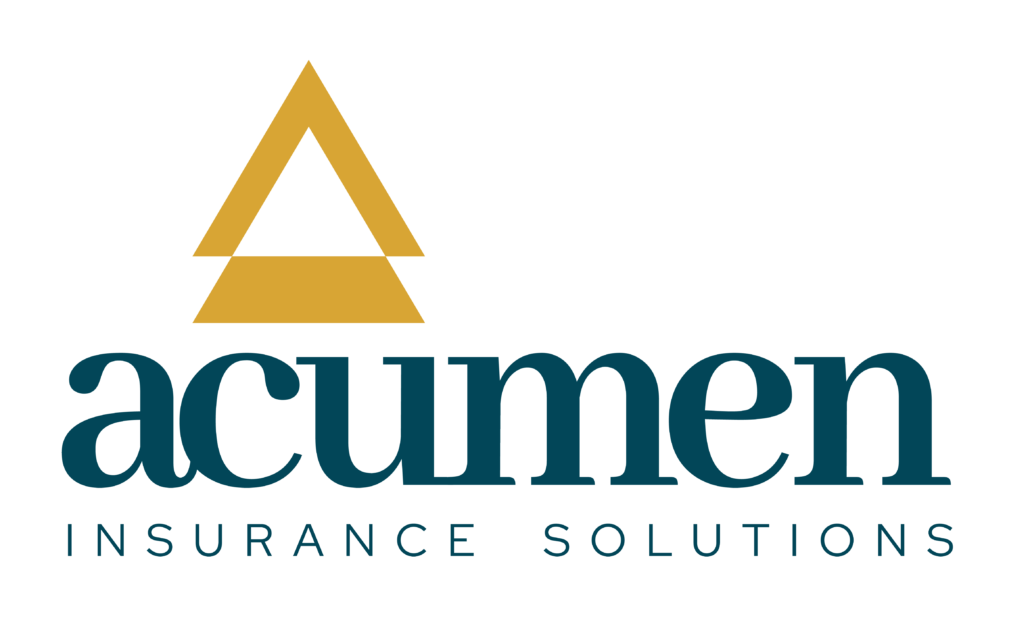Life insurance comes in several different flavors, so learning the options and then selecting the right type of policy for your goals and budget is crucial.
In general, life insurance is a contract between a policy owner and an insurer, whereby the insurer promises to pay a designated beneficiary a sum of money, called a “death benefit,” upon the passing of the insured person, in exchange for a premium, paid in a lump sum or over time. Under current tax law, death benefits are exempt from Federal income and capital gains tax; with additional planning, they can be exempt from Federal estate tax, too.
Term life
Term life insurance is designed to last for a specific amount of time or “term,” which can range from 1-to-40 years. Term life is pure coverage without a cash value component. Premiums are inflexible but they are guaranteed not to increase for the length of the term. At the end of the term, a new policy and updated medical underwriting is typically required. Some term policies offer a feature that allows conversion to a permanent policy of the same or smaller amount within a certain period and without evidence of insurability. This can be valuable if the policy owner wants to extend coverage beyond the term, but the insured cannot medically qualify.
Permanent Life
As opposed to term, permanent life insurance is designed to last until the insured’s death, whenever it may occur. It combines term insurance death benefit protection with a cash value account that grows tax-deferred. Each year, the life insurer deducts what it needs from the premium to cover mortality and administrative costs; the rest goes into the cash value account. The owner can access the cash value during the insured’s lifetime for different purposes, including reducing premiums, pledging it as collateral for a loan, receiving in cash, or leaving it to accumulate. There are five main types of permanent life insurance policies, discussed in detail, below. Many of the differences come down to the option chosen as the mechanism that drives the growth of the cash value account.
Whole Life
Like all permanent life insurance policies, whole life provides lifelong coverage and includes a cash value component. Although it’s more complicated than term, whole life is the most straightforward form of permanent life insurance. This is because the premium is designed to remain the same for as long as the insured lives, the death benefit is guaranteed, and the cash value account grows at a guaranteed rate. Most whole life policies can also earn annual dividends on cash value, which represents a portion of the insurer’s financial surplus, but they are not guaranteed. Whole life premiums are not as flexible as other types of permanent insurance, and policy loan interest rates can be high. Whole life is most appropriate for those with a conservative risk profile.











